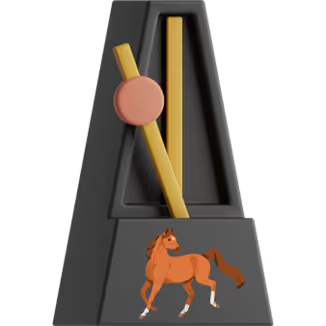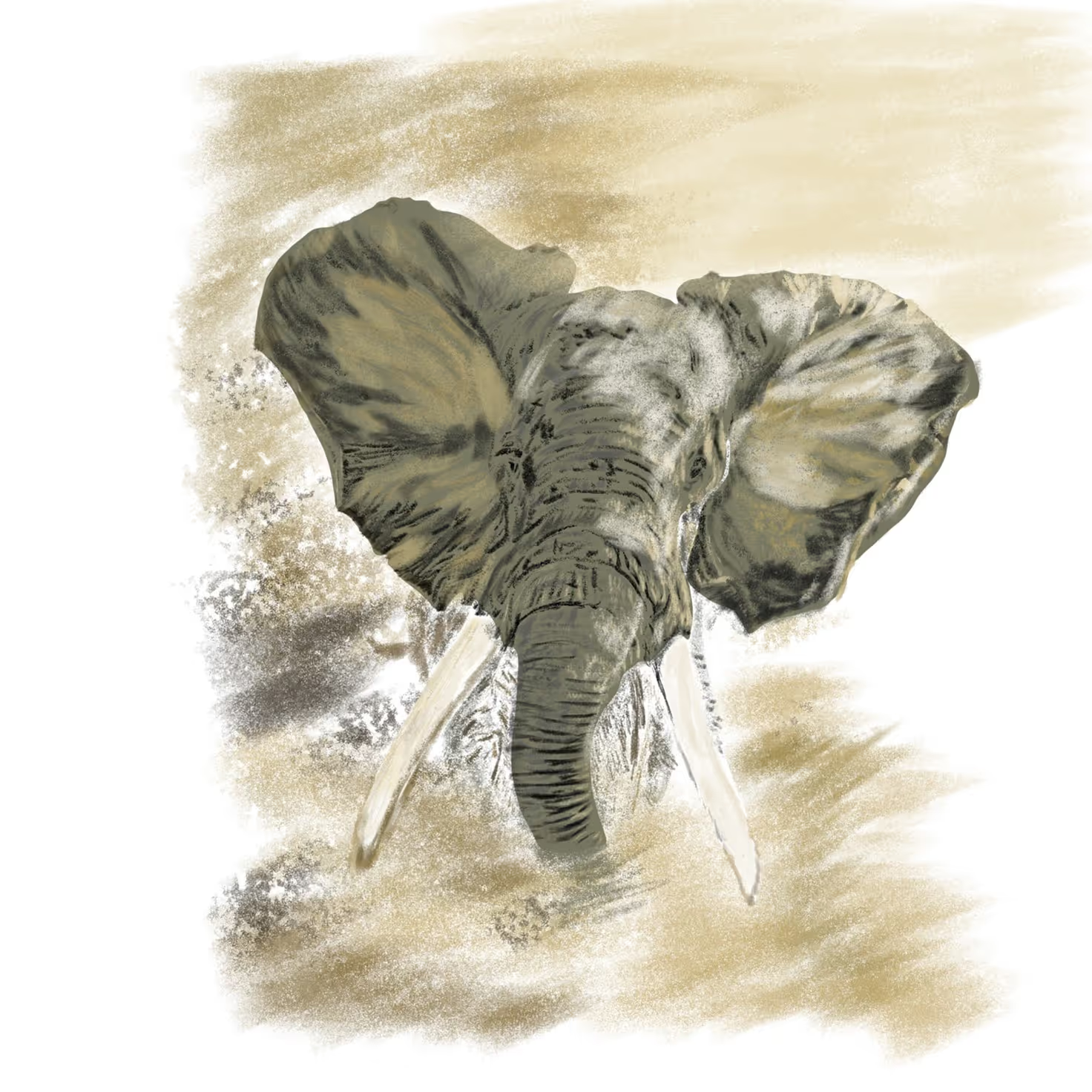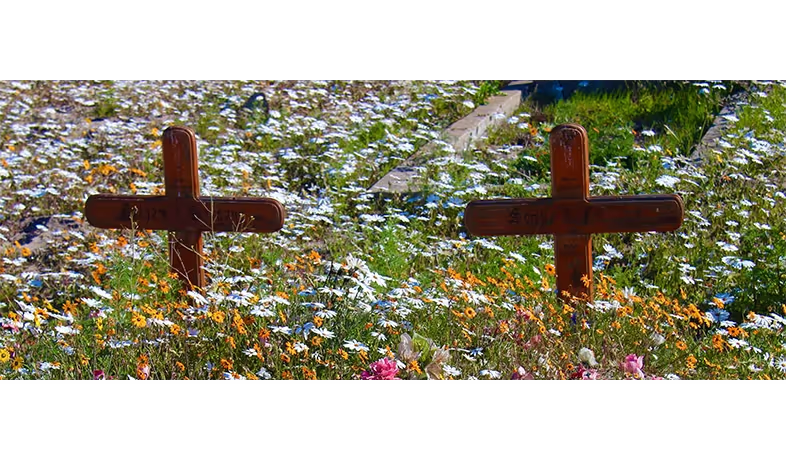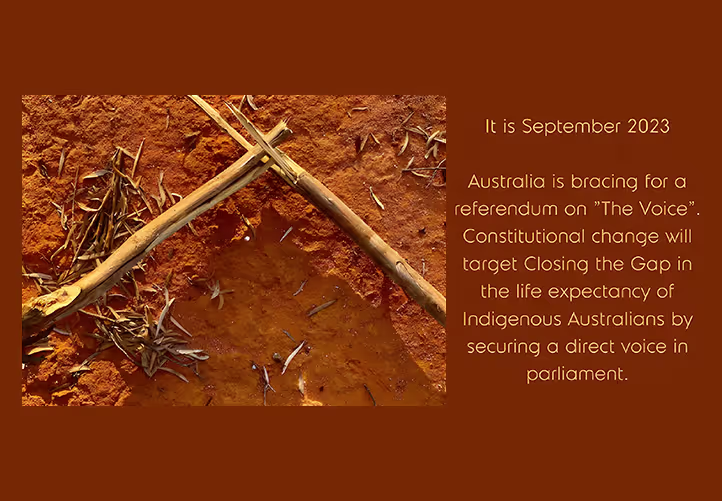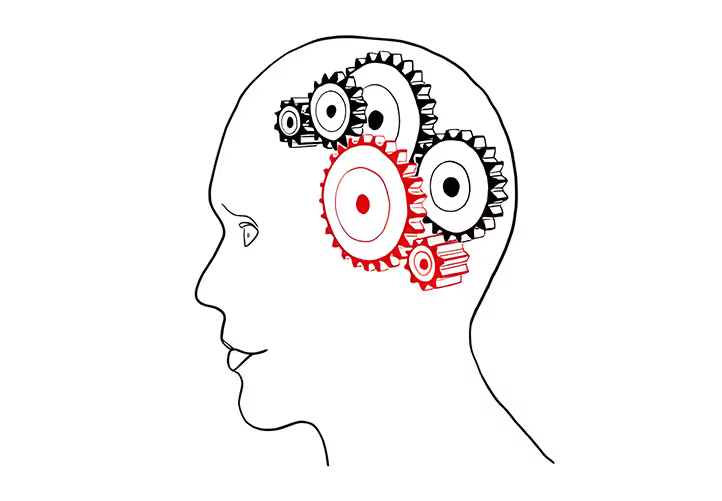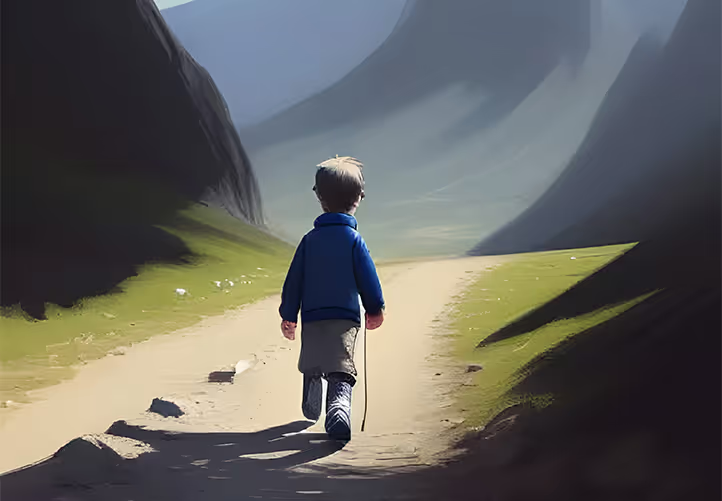“There can be no life without change, and to be afraid of what is different or unfamiliar is to be afraid of life” – Theodore Roosevelt.
I bet you’ve felt boring and uninteresting at least a few times. Especially after looking in the mirror, right? And then some people seem to just stay on the merry-go-round, cruise around problems, find answers, invent solutions or talk infinitely about interesting things. This makes us feel even more incapable and boring. Well, at least, that is how I experience it.
Above is a picture of my first grandchild, Eva, as we discovered each other for the first time.
You see, it’s all about the way we look. And the way we look determines what we see and how we tell the story. But even more important, the way we look is our own choice. If we allow the situation to dictate, or someone else to prescribe, we end up with a duplicate or an echo at best.
Now let me ask Aunt Sophie to explain what she treasures and how she values.
Early one Saturday morning on a house call, the still-slippered and gowned-up Aunt Sophie took me on a grand tour through her house. Her stooped figure, coffee mug in hand, led the way down the corridor through the bedroom, lounge, and kitchen. The walls were covered with framed photos of people she knew or had met, or knew of. I could sense memories, stories, and affection for about 150 people along the walls and window sills of her house.
“Doc”, she finally announced, “now that you have seen my people, you have seen me.”
I reckon it works like this: The people surrounding us all carry a frame around them—a frame we apply in private to categorise them neatly for our personal benefit. That makes it simple to identify friends that we allow close, potential enemies that we (try to) avoid and those that we watch at a distance—like a football match. Applying screens and frames to those around us makes our social adaptation a bit less complicated. Then life becomes a walk from the bedroom down the corridor and through the lounge, looking at photos in frames, stacking the memories that contain the laughter and tears of a lifetime. And that gives us handles to hold on to when life gets rough, like holding on to a life raft at sea.
But then we have another fascinating trend. We all gather and accumulate things, people and stories—like a farmer collecting grain in his silos, a mouse papering threads in his nest, a beaver assembling sticks in the river bed, or the ants’ grass seeds in tunnels under the ground. We daily add things to our collection that we like and can identify with, that describe who we are. And then we invite some friends over, and we usher them into our silos of bedroom, lounge and shed collections. We build a website, prepare a spread on Facebook and send our favourites on Instagram, Messenger, WhatsApp and Twitter. We even add a whole array of emojis to provide the emotional envelope to our spiel, introducing and sharing who we are, or at least who we think we are.
And this brings you to my complete picture. I have sorted in frames and collected in silos people and things and stories. I can introduce you to who I am, because I have a fair idea I know who that is. The fact that I can do this makes me feel secure. After all, we want to feel confident and secure.
But—and there always seems to be a “but” somewhere in the gearbox that makes a worrying sound when the engine runs—what about the world that passes in front of the train window? What about the people and the things we have excluded? What about the challenges and opportunities that could be ours, but we shunned them while travelling down a tunnel of our own making? You see, we so diligently nourish our confidence and security that we would rather break the game up than entertain anything different, foreign or strange. And this tract has deep grooves...
Yes, you’re right. I am talking about marriage, partners, friends and our relationship with our children. When going wrong, this becomes the cradle of stress, anxiety and depression.
The landscape around us is littered with the sad remains of broken friendships, broken marriages, lost children and failed business enterprises. Critics publicly blame Evan Spiegel, the co-founder of Snapchat, for the collapse of the company due to his overconfidence and his inability to listen and take the advice of his users on board. The mistake must have cost millions, and it might never be possible to fix the enterprise to its former glory.
Perhaps we need the security of frames and silos, especially when we are young, to establish who we are, take a compass reading, and mark directions on a map. But then we have to move on and free our minds up. Looking outside the frames and exploring outside the silos brings freedom and spice to life. It asks us to practise how we look, to embrace strange and to question danger. It might even ask for a critical review of myself and my whole collection!
Why? Because of the mechanisms built into the autonomic nervous system.
Let me explain. The voluntary nervous system originates in the higher centres of the brain, controls the face, and arm and leg muscles, and is easily damaged by a stroke. The autonomic nervous system originates in the lower centres of the brain, the brain stem and the spinal cord and exercises automated/involuntary control through sympathetic and parasympathetic arms of mainly the gastrointestinal and cardiovascular systems, as well as glands. The sympathetic arm is famous for controlling the “fight and flight” response through adrenalin secretion, while the parasympathetic system is mainly in control of “rest and digest”. Both systems are very prone to emotional influences, especially anxiety, conflict, anger, depression and feelings of guilt. The challenge is to learn mechanisms of thinking and problem-solving that do not unduly overload the emotional brain centres and autonomic nervous system.
And this is where man invented a shortcut.
If we’ve not picked up the necessary skills, or have difficulty in learning the methods of thinking and relaxation that are required to pacify and normalise the autonomic nervous system, alcohol and drugs can assist. They will shortcut the learning process and ease anxiety and stress effectively enough to replace the need to learn the skills. This then becomes an ongoing supply-and-demand cycle that quickly leads to physical and emotional addiction, which can eventually be destructive. Indeed it can lead to a very sad situation, because the normal mechanisms of survival will resist reversal of the path of least resistance, and we will adopt skills of lying and manipulating in order to protect it. The further we move down this pathway, the deeper the behaviour patterns become entrenched, the more difficult the rehabilitation programs become and the poorer the prognosis.
In future stories (i.e. ‘The Dog in the Fog’), we will run into these issues again, but let’s have a quick look here at David Foster Wallace. David was one of the most clever and celebrated American authors of recent times and received numerous accolades for his work, including a MacArthur Fellowship, often referred to as the “genius grant”. He had severe depression and a history of drug and alcohol abuse. He poured his heart and soul into his most famous book Infinite Jest, which was more than a thousand pages long. In the process, he became more isolated and obsessive until it all became too much. In 2008 at the age of 46, he hanged himself in his garage.
And this poses a vital question: Is there a way to break out of this spiral before it culminates in death and destruction? And the answer: For sure!
The mind is a master of trickery. It will easily trick you into mistaking mirages for real and even make you believe that time has run out, the tunnel ends here, and there are no solutions.
Look again at the picture of Eva. She found a way to test if what she sees is true. She gently touches my eye with her fingers to determine if what she sees through the magnification of my glasses is, in fact, real and even find out how it works.
So, when disillusioned with what you see, break the frame and change the way you look! Buy some time. Talk to a friend. See a professional.
There is always a solution, and you can find it!
“We first make our habits, then our habits make us.” - John Dryden
“Yesterday, I was clever, so I wanted to change the world. Today I am wise, so I am changing myself.” - Jelaluddin Rumi
Thanks for joining the reflections around the campfire. Hope it helps you find the next gear safely.
When we meet again, I’ll tell you about Fake.
Say no more…
See you then! Dr. Gabriël
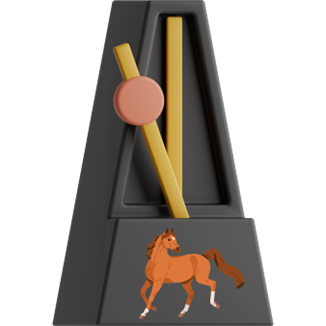
The Song of Tap
an ode to the senses
Not a subscriber yet?
Click here to subscribe - it's free


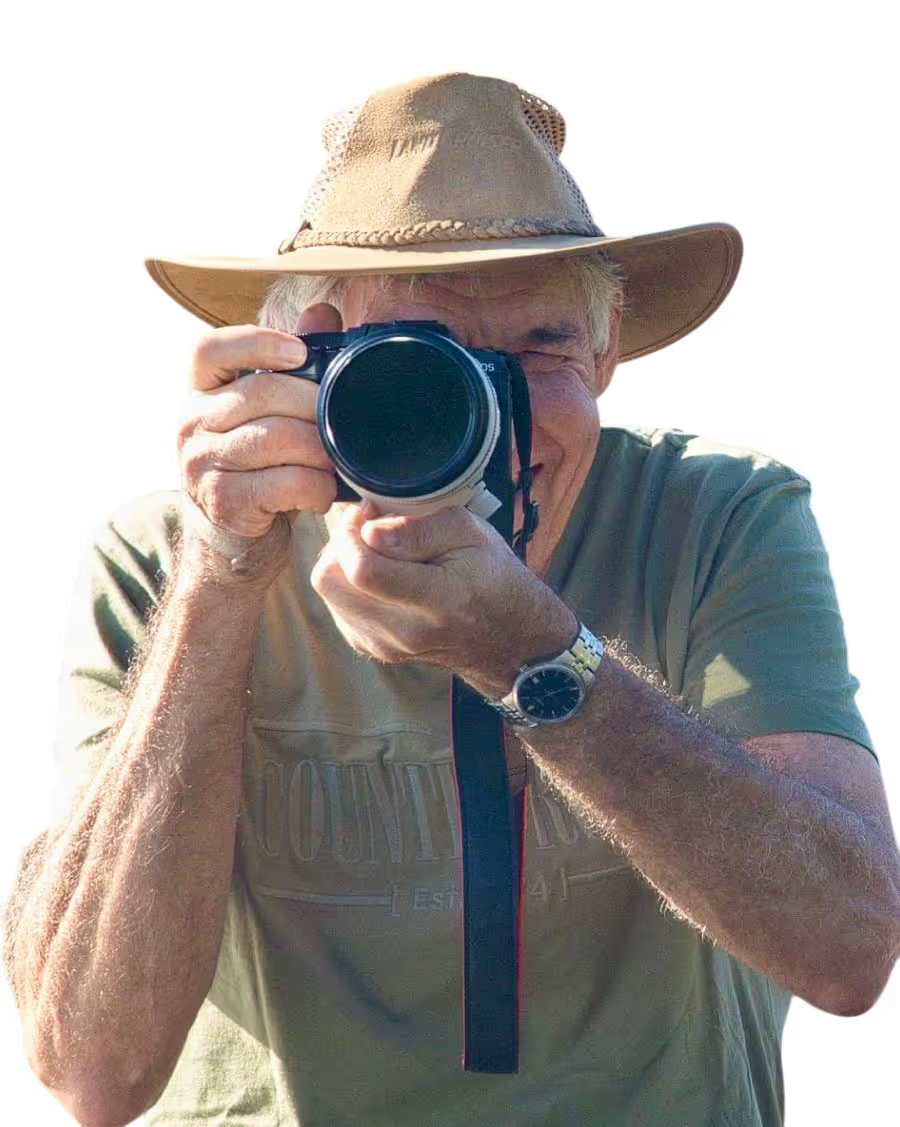

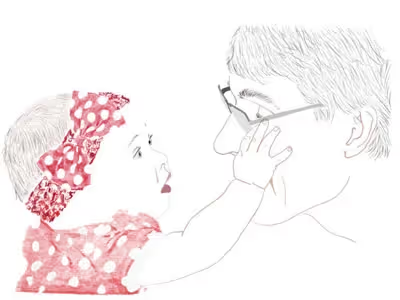

.svg)
.svg)






